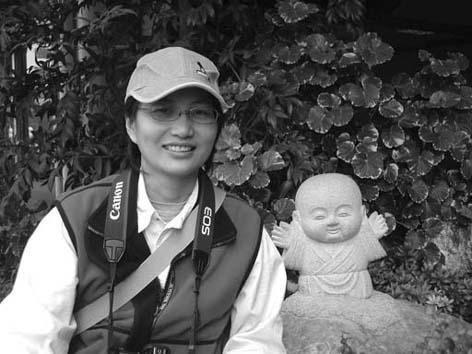Theme1 幼稚園設計
- fredrich froebel
- Froebel's Kindergarten Goals
Froebel's kindergarten was designed to meet each child's need for:
physical activity
the development of sensory awareness and physical dexterity
creative expression
exploration of ideas and concepts
the pleasure of singing
the experience of living among others
satisfaction of the soul - The legendary Froebel Gifts
- 蒙特梭力 Montessori
- 每個人都贏!合作遊戲與活動 Everyone Wins! Cooperative Games and Activities (Luvmour & Luvmour, 1990) 茲舉其中三個例子作為參考,更重要的是我們應該要發展更多樣的屬於本土的遊戲與運動(資料來源:台灣大學建築與城鄉研究所 性別與空間研究室)。
1. 擁抱一棵樹 (Hug a Tree):適合五歲以上的小朋友,兩個人一組。由一個小朋友帶領另外一個眼睛蒙著布條的小朋友,經過蜿蜒的路徑,帶至樹群中的一棵樹。眼睛蒙著的小朋友用手以及身體所有的感官去探索這棵樹,然後再被帶回原點。這個時候,將布條解開,看看他能不能找到正確的那棵樹。經由這個遊戲,小朋友可以學習利用視覺以外的感官去接觸大自然,增加自己的敏感度。我們也可以利用其他東西來取代樹。
2. 心靈之舞 (Dances of the Mind):請小朋友用身體動作或舞蹈來表達一種概念:例如紅色/黑色;沮喪/興奮;蝴蝶/松樹。這種遊戲可以訓練孩童非口語的溝通表達與自我。
3. 合作雜耍 (Cooperative Juggle):五個以上的學童一組,他們可以不必事先認識。先由一位小朋友將球丟給另一位小朋友,接到球的人要說出自己的姓名,然後再將球傳給別人,直到每個人至少都輪過一次。第二輪的時候,你要先講出對方的名字才可以將球傳給他。然後增加球的數目,看看同時可以傳幾個球,而不會把球掉在地上。從這項遊戲當中,學童可以學會認識別人、記得別人的名字;學會丟球與接球的動作;學會如何與別人合作,共同不要將球掉在地上。遊戲的結果,只要球不掉下,大家都贏,沒有輸家。
- Kindergarten, Lustenau, Austria BURKHALTER & SUMI
- Primary school, Gando, Burkina Faso, West Africa DIEBEDO FRANCIS KERE
- Early Learning Centre, University of Toronto TEEPLE ARCHITECTS
The Modernity Theory in Taiwanese Architecture
- 1920-1960 機能主義(機械機能主義)
- 荷蘭結構主義學派 Aldo Van Eyck:1959年在CIAM發表 "Is architecture going to reconcile basic value? " ;第一位運用結構主義的理論來討論建築的建築師。 Hermann Herzberger:利用索緒爾的語言模式,即Language(語言系統)及Speech(語言活動),建立其觀念。
- 路易士?康
- 丹下健三:1966年發表"Function, Structure and Symbol"

